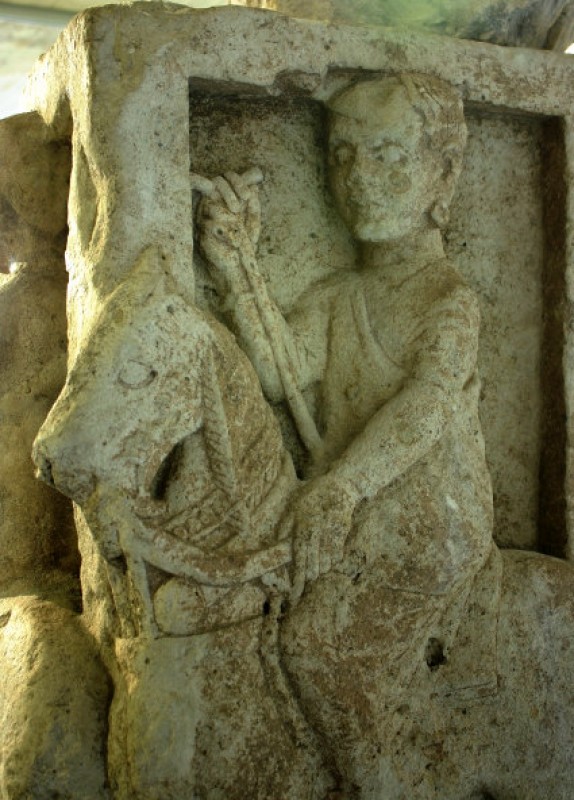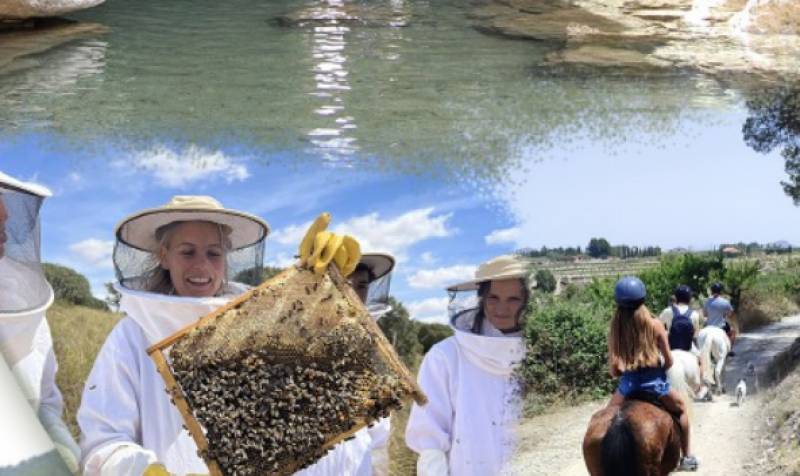

Guidelines for submitting articles to Mazarron Murcia
Hello, and thank you for choosing Mazarron Murcia to publicise your organisation’s info or event.
Mazarron Murcia is a website set up by Murcia Today specifically for residents of the urbanisation in Southwest Murcia, providing news and information on what’s happening in the local area, which is the largest English-speaking expat area in the Region of Murcia.
When submitting text to be included on Mazarron Murcia, please abide by the following guidelines so we can upload your article as swiftly as possible:
Send an email to editor@spaintodayonline.com or contact@murciatoday.com
Attach the information in a Word Document or Google Doc
Include all relevant points, including:
Who is the organisation running the event?
Where is it happening?
When?
How much does it cost?
Is it necessary to book beforehand, or can people just show up on the day?
…but try not to exceed 300 words
Also attach a photo to illustrate your article, no more than 100kb

The Jerónimo Molina archaeological museum in Jumilla
An impressive collection of items from found at various prehistoric sites in Jumilla
This important archaeological museum was founded on the suggestion of the man after whom it is named, Jerónimo Molina García, who in the 1950s was the first to undertake the excavation of the Coimbra del Barranco Ancho site. Here he discovered an Iberian settlement dating from between the 4th and 2nd centuries BC (click to read a detailed history of Jumilla for more background information).
The museum is housed in the former “Concejo” or Town Hall building, which was built in the mannerist style in the mid-16th century by Julián de Alamíquez. Despite some reforms in the intervening years it is still regarded as the finest example of Renaissance architecture outside the military context in the Region of Murcia.
The three floors are clearly differentiated on the outside, as they are separated by ledges and have different designs: the first has two large arches and was formerly home to the local market, while the second has three stately windows on the outside and used to be occupied by the council chamber. The top level is perhaps the most eye-catching, featuring an arcade of small arches and columns, a motif which is common in buildings commissioned by the Marquises of Villena, flanked on each side by the coat of arms of Jumilla.

The exhibits
Inside, the museum is divided into various sections, the first of which deals with Archaeology. Here there are items dating back to the Early Stone Age, including a pot decorated with red triangles which is an example of the prehistoric art found in the municipality. Also on display are many items from the Coimbra del Barranco Ancho site, including the “Cipo Funerario de los Jinetes” gravestone.
It is important to point out that within the large municipality of Jumilla (the tenth largest in Spain in terms of geographical area) there are numerous important archaeological sites. Four date from the Paleolithic; El Cerco, Montesinos, Loma de las Gateras and Fuente de la Solana de Sopalmo, from which flint tools and other implements are on display, while one of the items from the Upper Paleolithic is an arrowhead discovered at Cueva de los Zagales, Collado Norte de Santa Ana and Abrigo del Monje.
 From the Copper and Bronze Ages there are earthenware pots and even toasted grains of wheat from 3,000 years before Christ, as well as various metal tools and round pots, and an axe which was found on the Pico del Maestre.
From the Copper and Bronze Ages there are earthenware pots and even toasted grains of wheat from 3,000 years before Christ, as well as various metal tools and round pots, and an axe which was found on the Pico del Maestre.
In addition, on the second floor it is possible to see part of the mosaic floors found in the Roman Villa de los Cipreses.
Other items of interest include a model of the castle and a summary of its history, the cannonballs which were found in the castle keep and two Gothic gargoyles which originally adorned the Iglesia de Santiago.
The Ethnography section includes items representative of the daily life of the residents of Jumilla in the Middle Ages and the Early Modern period, including many made of glass, ceramics and esparto grass. There are also examples of the delicate embroidery which is a feature of the traditional costumes in Jumilla. (Note: a separate Ethnographic Museum, also named after Jerónimo Molina, is located in the Plaza de la Constitución in Jumilla).

Within the Natural Science section of the museum are minerals collected from all over the world and a large number of fossils which were found in the Region of Murcia, while the Fine Art section includes images related to popular religious cults and a sculpted figure of Santa Catalina.
Entry to the museum is free of charge.
Address: Plaza de Arriba, 30520 Jumilla, Región de Murcia
Opening hours: Tuesday to Friday 10.00 to 14.00 and 17.00 to 19.00, weekends and public holidays 9.00 to 14.00.
For more information about visiting Jumilla, including what's on, local news and all of the bodegas on the Jumilla wine route, visit the home page of Jumilla Today.


































